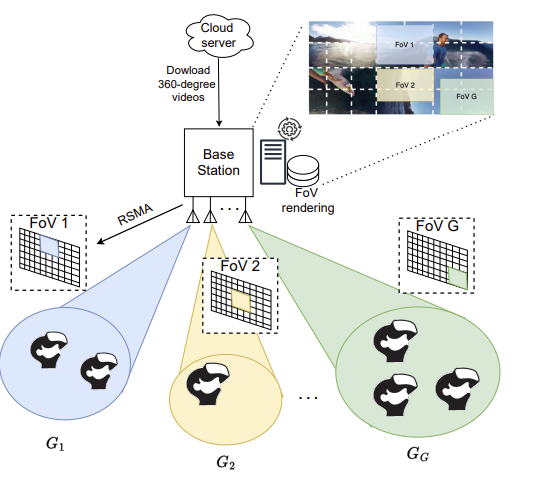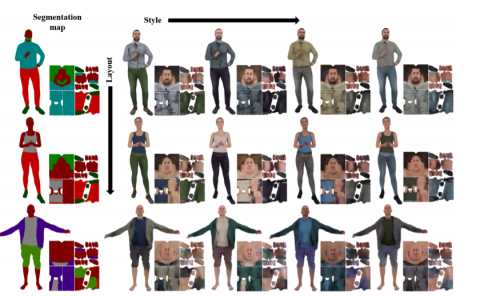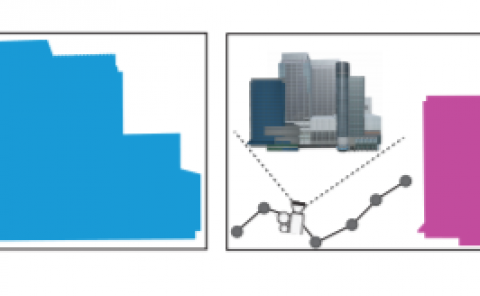When Virtual Reality Meets Rate Splitting Multiple Access: A Joint Communication and Computation Approach
PubDate: Jul 2022
Teams: Nguyen Quang Hieu, Diep N. Nguyen, Dinh Thai Hoang, Eryk Dutkiewicz
Writers: Nguyen Quang Hieu, Diep N. Nguyen, Dinh Thai Hoang, Eryk Dutkiewicz

Abstract
Rate Splitting Multiple Access (RSMA) has emerged as an effective interference management scheme for applications that require high data rates. Although RSMA has shown advantages in rate enhancement and spectral efficiency, it has yet not to be ready for latency-sensitive applications such as virtual reality streaming, which is an essential building block of future 6G networks. Unlike conventional High-Definition streaming applications, streaming virtual reality applications requires not only stringent latency requirements but also the computation capability of the transmitter to quickly respond to dynamic users’ demands. Thus, conventional RSMA approaches usually fail to address the challenges caused by computational demands at the transmitter, let alone the dynamic nature of the virtual reality streaming applications. To overcome the aforementioned challenges, we first formulate the virtual reality streaming problem assisted by RSMA as a joint communication and computation optimization problem. A novel multicast approach is then proposed to cluster users into different groups based on a Field-of-View metric and transmit multicast streams in a hierarchical manner. After that, we propose a deep reinforcement learning approach to obtain the solution for the optimization problem. Extensive simulations show that our framework can achieve the millisecond-latency requirement, which is much lower than other baseline schemes.


